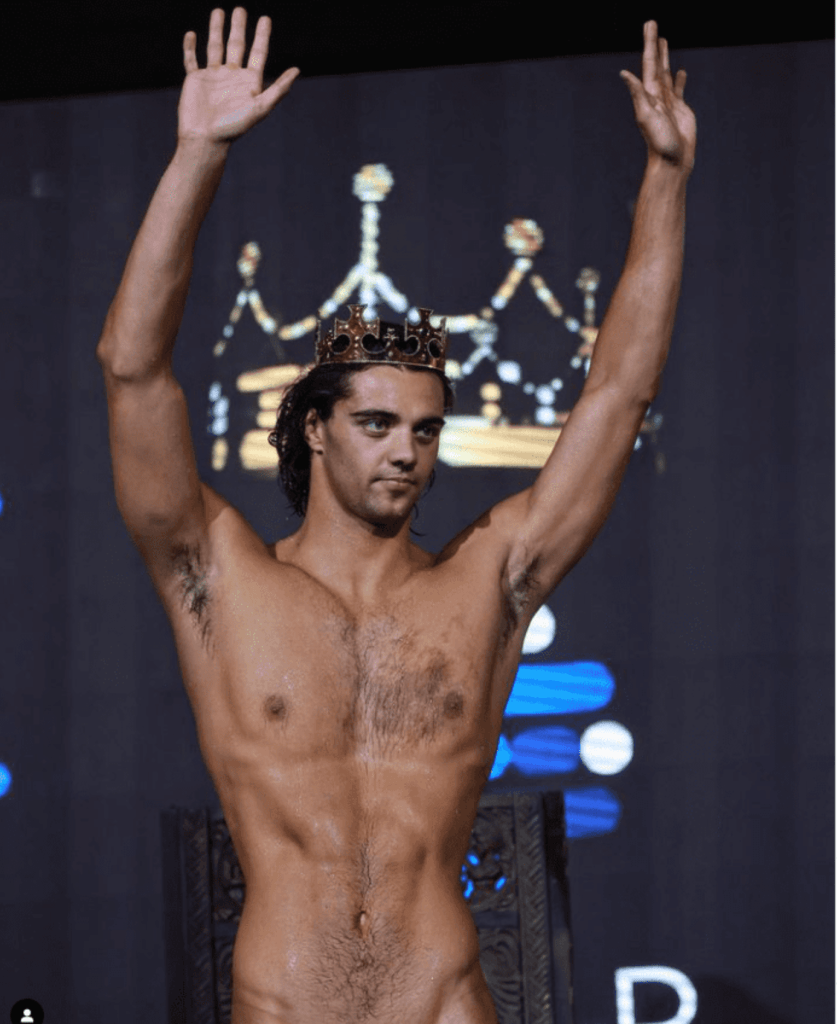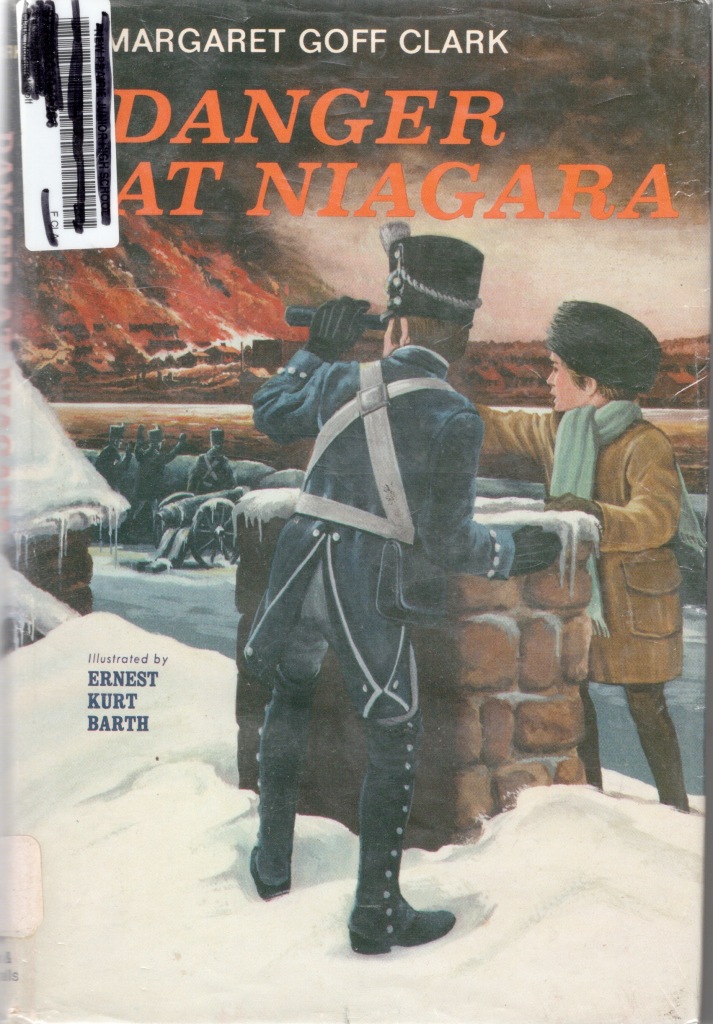Thursday morning and my last day in the office for the week. It’s not been a bad week at the office, and of course, seeing my clients always ground me from everything else. I may not be able to change the world or affect hearts and minds on a large scale, but I do make a difference in their lives–and helping people on the smaller, one to one scale, is very rewarding. Back in the days before PrEP and undetectable viral loads, my job was to find new infections and get those people set up with treatment and medical care. That was difficult, and while rewarding, it was also emotionally draining. My job taught me the importance of listening to people’s fears and concerns while only responding with kindness and empathy. Even now, finding out that you’re HIV positive is severely traumatizing for people; and while members of my community are more knowledgeable about risk, infections, and preventive measures to keep themselves safe…it’s still a shock to the system, and it’s vitally important for their mental health that you talk them down and keep them from spiraling into depression and despair. Being kind and reassuring in that moment is crucial…and giving them self-empowering messaging about their health and body in the wake of a positive diagnosis makes a huge difference. I generally don’t talk about my work because people tend to idealize it–being told “thank you for the important work you do” always makes me uncomfortable, and I don’t feel like this work gives me any moral authority about anything other than the history of HIV/AIDS and how we’ve been treated by Americans as a whole. Sometimes I wonder if my job is a way of atoning for surviving those times and never being infected when so many good people died, but I know I wish I could have been even more there for the friends I lost–for everyone we lost.
Of course, they have all been pretty on edge this week. They’re worried about their access to PrEP; what insurance companies are going to be allowed to do (whatever they want, the way it was before the ACA), and whether we will still be funded to provide the services that we do. All I can do is shrug and say “well, this organization was founded during the Reagan administration, and we survived George W. Bush…”
I never thought I’d miss that presidency.
My job has actually been a wonderful education in examining my own prejudices and biases, and also realizing that everyone is the same, no matter what color their skin or what their native language is or what their gender or sexual identity might be. Everyone taking an HIV test is terrified–even with all the advances in treatment and prevention–and it’s my job to provide a warm, welcoming and friendly place to lesson their fears about the entire process and how it might go. If I had a dollar for every time I said, “It’s okay to be nervous or afraid, even if you’re pretty certain you’re not infected” I wouldn’t have to worry about retiring anymore, would I?
I should take my own advice more, you know? I am not a fan of conflict–which is why I try to avoid it whenever possible; my mother was the same way, and even with the anxiety medications I’m on that have made my life so much easier than it used to be, I’ve still been spiking since the election (big shock), but it’s not as horrible as it used to be, and those anxiety spikes are easier to get under control then they’ve ever been before. Imagine what a wreck I would be without it! Perish that thought, you know?
I’ve also not written anything besides blog entries, some emails, and a couple of essays for Substack this week, and I really need to circle around back to my book this weekend. This week is already toast for all intents and purposes, but being done wasting my time watching college football on the weekends is going to free up a lot of time. Most of college football players, coaches, and fans are all MAGA anyway; and I’m not even sure I can bother watching the Saints anymore since most of the NFL owners, players and coaches are as well–at least the white ones. I actually took comfort last weekend in the embarrassing loss in knowing that most of the other people disappointed in that game voted for the monsters, and it actually made me smile. Good, I thought when it occurred to me, I hope they’re all embarrassed and upset and angry and heartbroken. Then they’ll get to experience one tenth of what marginalized people in this country have been feeling since the election, even though they won’t learn a fucking thing from it.
They never learn. And while I know it doesn’t speak well to me as a person, I do smile and enjoy it when they suffer. Someday I might be able to dredge up sympathy who laughed as they slit the nation’s throat.
Then again, this isn’t the country I was raised to believe in anymore. It never was that country, and apparently has no interest in being that country. We’ve been conditioned to admire and respect the rich–no matter how they got rich–and now, here we are, heading into an oligarchy like the one they currently enjoy in Russia. The signature achievement of Reagan’s presidency, according to those who worship at his altar, was defeating Communism and ending the Soviet Union. Current Russia is exactly the same as the old Soviet Union–the difference is the Republicans have rolled us over and exposed our belly to our biggest enemy. We are now Russia’s little bitches, beta soy boys to one of the worst gangsters of our time.
Never been prouder to be an American.
And on that cheery note, I am heading into the spice mines. I need a to-do list (the world keeps turning even as its burning) and get everything together to get back to my own work for as long as I can write and publish. Have a great one, and I promise I’ll be back to being my usual cheerful self.
At least, I hope so.









